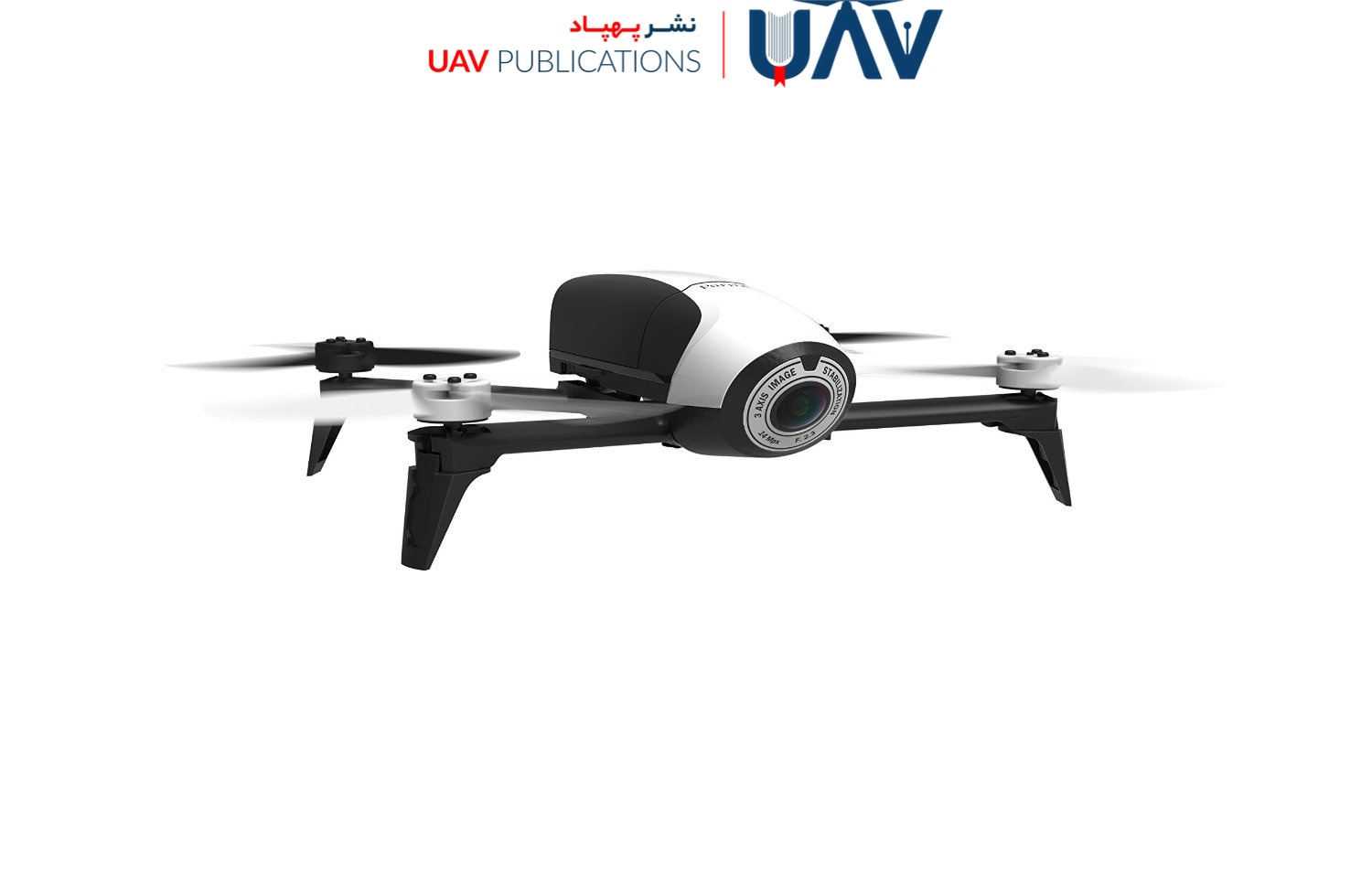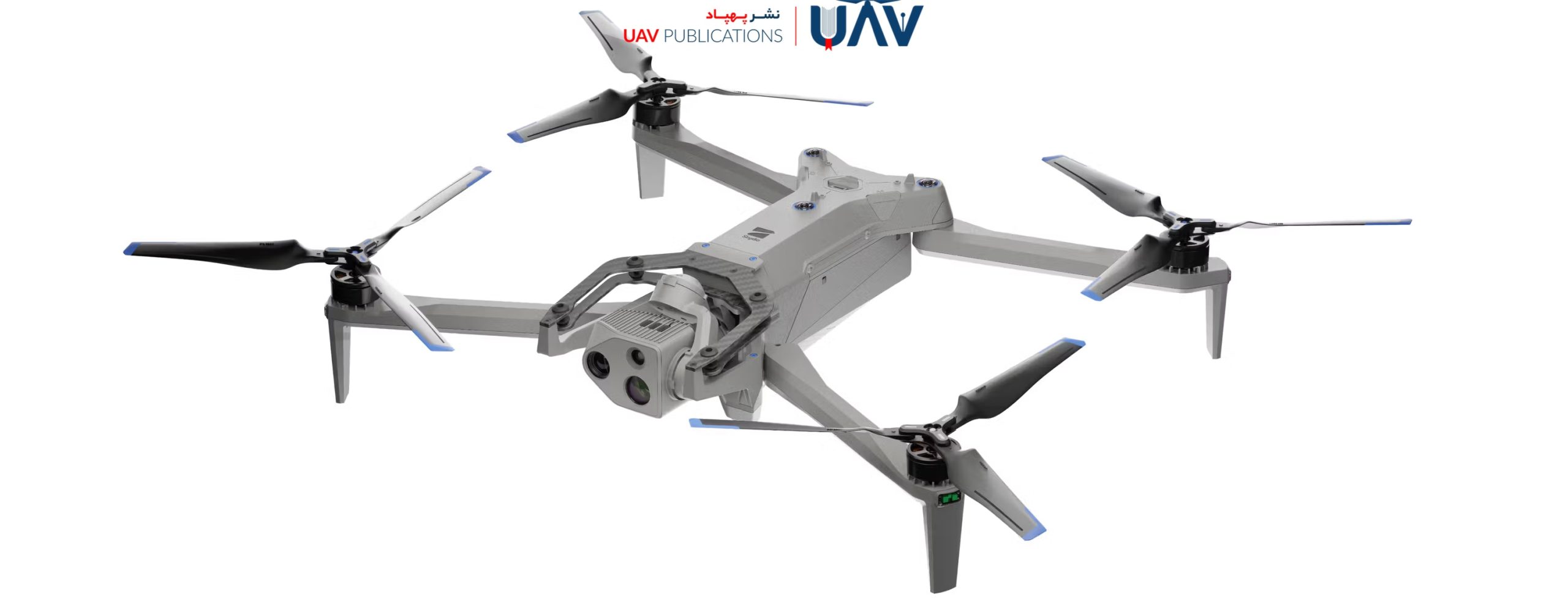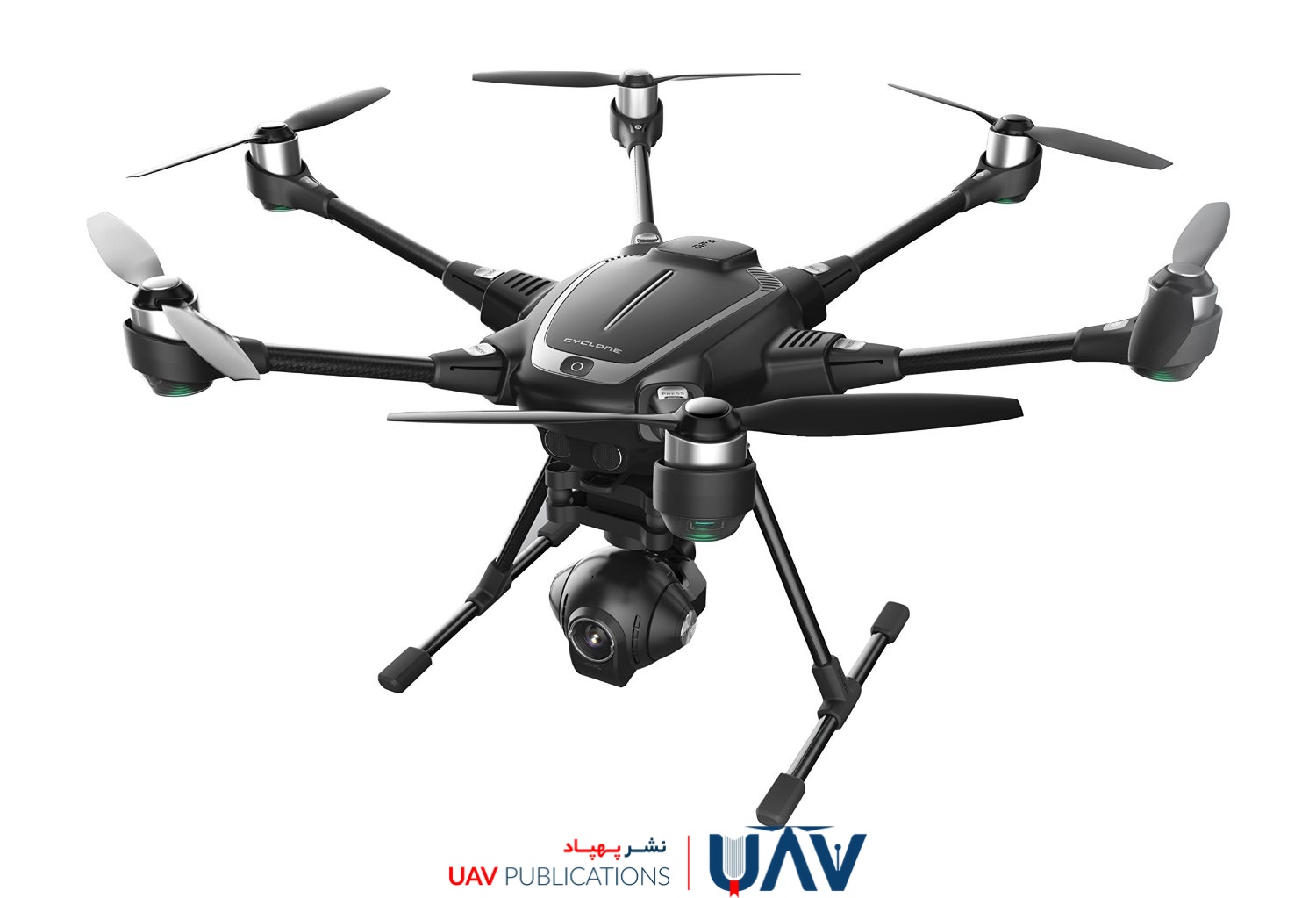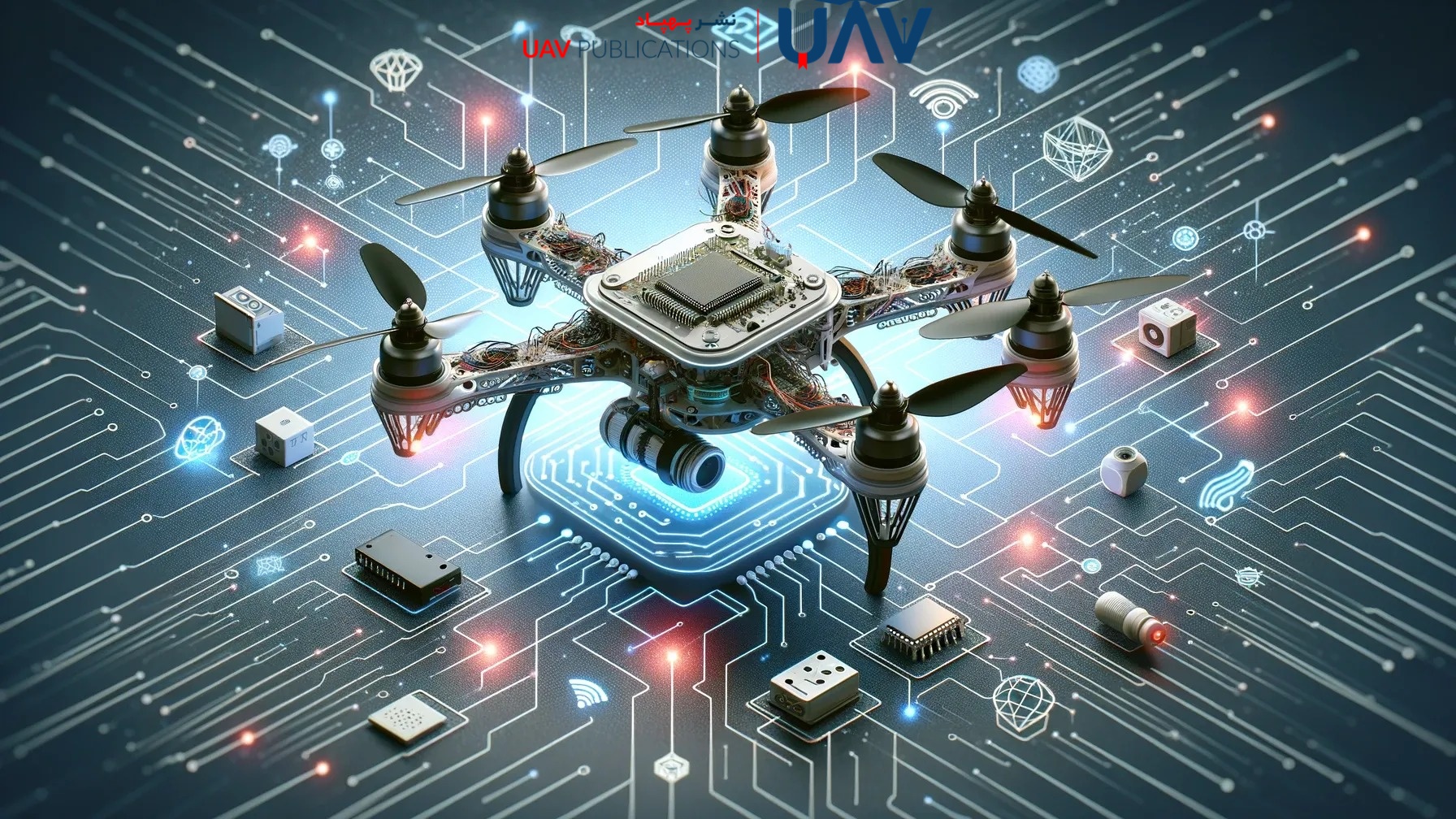In recent decades, the rapid advancement of emerging technologies has played a transformative role across numerous industries. Among these groundbreaking innovations, Artificial Intelligence (AI) has become a pivotal force, particularly in the aerospace sector and, more specifically, in the unmanned aerial vehicle (UAV) industry. Today, drones are widely utilized in various fields, including agriculture, mapping, logistics, search and rescue operations, filmmaking, and urban surveillance. By integrating AI capabilities into aerial systems, drones can now perform complex decision-making, analyze their environment, avoid obstacles, and complete missions with high precision, often autonomously and without direct human intervention. This evolution has not only significantly enhanced operational efficiency but has also opened new frontiers for UAV development and applications shortly.
The Convergence of AI and UAVs
Artificial Intelligence and Unmanned Aerial Vehicles are two of the most significant technological achievements of the 21st century. While AI enables machines to perceive, learn, analyze, and make decisions, drones have broken physical boundaries by executing unmanned missions with unprecedented reach and flexibility. The true innovation, however, lies in the convergence of these two technologies.
In recent years, the integration of AI into UAV systems has accelerated dramatically, resulting in drones that not only fly but also think. These intelligent systems can interpret their surroundings, process data, and make autonomous decisions without human intervention. As a result, the efficiency and effectiveness of UAVs have improved substantially in areas such as environmental monitoring, precision agriculture, disaster response, and transportation.
This article aims to explore various dimensions of AI’s influence on the UAV industry—from technological and performance advancements to ethical, security, and foresight challenges—offering a comprehensive outlook on the future of this rapidly evolving field.
Revolutionizing UAV Navigation and Guidance
One of the earliest and most impactful areas where AI has made a difference is in UAV navigation and flight control. Traditional drones typically required pre-programmed routes and were susceptible to disruption from even minor changes in the environment. AI has fundamentally shifted this paradigm.

Machine learning algorithms—particularly in the domains of computer vision and sensor data analysis—enable drones to dynamically adjust their flight paths in real-time based on environmental conditions. This means a UAV can utilize GPS, LiDAR, thermal cameras, and other sensors to detect obstacles, navigate around them, and select the most efficient path forward.
This type of intelligent navigation significantly enhances flight safety and expands the operational scope of drones in complex environments such as dense urban areas, forests, or disaster zones. Furthermore, in emergency scenarios—such as sudden weather changes or unexpected obstructions—AI enables drones to react immediately without awaiting human input.
Computer Vision and Image Processing in UAVs
Computer vision is among the most revolutionary AI applications in UAV technology. It enables drones not only to capture images but also to “see” and interpret them. In other words, UAVs can now identify objects, faces, terrains, or specific markers within images and make informed decisions based on those visual inputs.
For instance, in smart agriculture, drones can assess plant health by analyzing the color and texture of foliage, pinpointing areas affected by disease or drought. In search and rescue operations, AI-powered drones can detect human bodies in rubble or dense forest with remarkable accuracy.
Such sophisticated image analysis is made possible by deep neural networks, which can extract complex patterns from visual data. As a result, drones have evolved from passive imaging tools into active, flying analysts capable of interpreting their surroundings with a high degree of accuracy.
Machine Learning and Real-Time Decision-Making
One of the most significant advantages AI brings to UAVs is the ability to make decisions in real-time. In real-world scenarios, a drone’s environment is constantly changing, and the capacity to respond swiftly can be life-saving.

Imagine a UAV engaged in a search-and-rescue mission in an earthquake-stricken area. Suddenly, a path becomes blocked or a moving object appears. The drone must instantly decide whether to reroute, pause, or relay information to a control center. Through machine learning—particularly reinforcement learning—drones can evaluate multiple options based on incoming data and select the most effective course of action.
This form of learning is experiential: the more missions a drone performs, the more refined and intelligent its future decision-making becomes. Such capabilities are crucial in areas like UAV traffic management, threat detection, and swarm coordination. Ultimately, machine learning transforms drones from passive executors into active decision-makers.
The Future of AI in the UAV Industry
The UAV industry is undergoing rapid transformation under the influence of AI, and forecasts suggest these changes will only intensify. Shortly, intelligent drones will achieve levels of autonomy that allow them to independently navigate complex environments and carry out missions without human guidance.

This evolution will involve advances in autonomous decision-making, more sophisticated simulations, and seamless interaction with their surroundings. Notably, in the realm of aerial transportation, drones could emerge as personal or commercial aerial vehicles, revolutionizing the transportation sector.
Moreover, UAVs are expected to see increased deployment in environmental monitoring, agriculture, and disaster response. New technologies such as 5G and satellite communications will further enhance real-time data transmission and decision-making accuracy. Nevertheless, as capabilities expand, so do concerns, particularly around regulations, cybersecurity, and ethical considerations. Addressing these issues is essential to ensuring the safe and effective use of AI-enhanced UAV systems.
Ethical and Legal Challenges in the Use of Intelligent Drones
As the use of AI-equipped drones becomes more widespread, a range of ethical and legal challenges has emerged. One of the foremost concerns is privacy, mainly when drones operate in residential areas or are used for surveillance, potentially infringing on individuals’ personal space.
While drones offer high efficiency in surveillance applications, concerns are growing about their misuse, particularly in unauthorized identification or tracking of individuals. Clear legal frameworks governing drone operations—especially intelligent UAVs—are essential to prevent conflicts with manned aviation, mitigate security threats, and address ethical dilemmas.
Furthermore, international cooperation will be vital in establishing global standards and protocols to ensure that these technologies are used responsibly and to their fullest potential.

